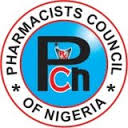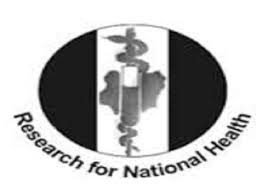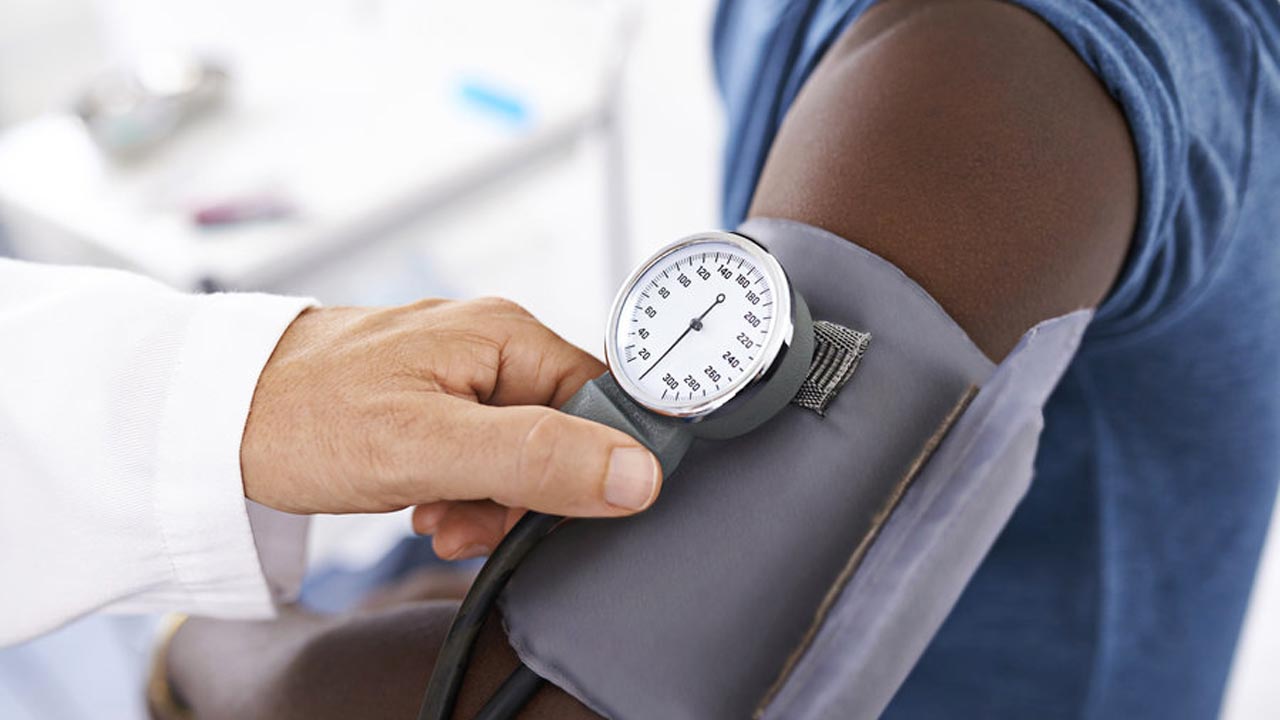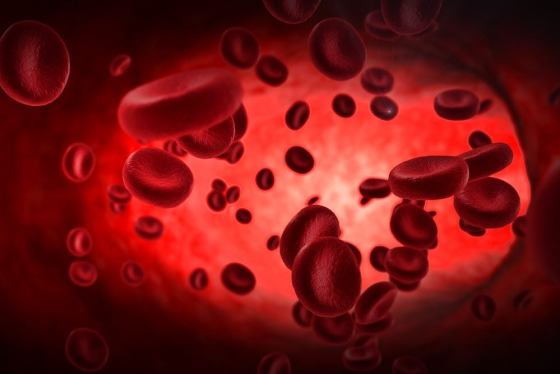The chance of surviving sudden cardiac arrest (SCA) decreases 7-10% every minute that passes without an AED shock. This is why early AED use continues to be a critical step in the Chain of Survival.
The automated external defibrillator (AED) is a device that recognizes ventricular fibrillation and other dysrhythmias and delivers an electric shock at the right time. The AED has become a common sight in "most" construction facilities/companies, offshore rigs and "some' healthcare facilities and buildings. AEDs are designed to be user-friendly, even without formal training. The AED will provide visual and auditory cues to guide you through each step of the process. You just need to listen and follow the cues as they are given.
Although there are many different brands of AEDs, all are utilized in a similar way, but AED pad placement may change depending on the age and size of the victim. ALWAYS REMEMBER TO TURN ON YOUR AED FIRST.
For adults (includes children age 8 or older or more than 55 pounds):
Peel the pads off the backing.
Place one pad on the right side of the chest, just below the collarbone.
Place the other pad on the lower left side of the chest.
Connect the pads to the AED. Some pads come pre-connected to the AED.
Check out the medicalworld Nigeria training schedule for more information about how First Aid Trainings, CPR and Use of an AED, AED pad placement, including AED considerations for children and infants amongst others.





